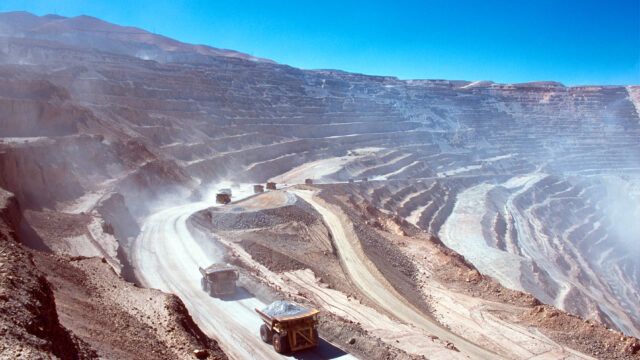Rapidly evolving trends such as the growing demand for renewable energy, the push towards a low-carbon world and the shift to sustainable agriculture are creating a bright outlook for global resources.
“The trends we’re seeing today could continue to gain momentum in the coming years, driving earnings upside and creating long-term growth opportunities in commodity and resources companies most exposed to these positive structural shifts,” said Clive Burstow, head of global resources at Baring Asset Management.
China has been the primary driver of demand for natural resources in recent years. However, decarbonisation and climate mitigation measures have become increasingly global. And importantly, Burstow explained, these drivers are resource intensive.
For example, the amount of steel required for an offshore wind farm is roughly four to five times greater than that required by an onshore facility with the same gigawatt generation capacity.
At the same time, electric vehicles require significantly more copper relative to an internal combustion engine vehicle.
“[In general], we see rapid year-on-year change that isn’t always reflected in investors’ thinking in the resources sector,” Burstow added.
New demand drivers
Specific opportunities are emerging in certain segments of the resources landscape. Within oil, for instance, investors should focus on transitions underway rather than the long-term decline in demand as the energy industry makes supply greener.
“We remain focused on the transition underway at integrated energy companies,” said Burstow.
Among the possibilities that stem from this, many companies are utilising strong free cash flow from oil production to build out larger renewable energy businesses. “[This] is a compelling example of resource companies being part of the solution rather than the problem,” he added.
Infrastructure is another key component in fighting climate risk, which has potential knock-on benefits on the demand for steel and cement, along with traditional commodities like copper.
Further, should Joe Biden’s stimulus plan be enacted as the US president envisages, Burstow expects it to benefit the global resources asset class, along with similar plans across the world.
Adapting to sustainability
Inevitably, investors must consider potential stumbling blocks. Despite the positive demand dynamics, supply might be constrained in many commodities due to environmental, regulatory and geographical headwinds.
“While this is particularly acute in commodities such as aluminium, copper and oil, it has an impact across the global resources asset class,” explained Burstow.
More broadly, he expects the developing structural supply/demand drivers to benefit renewable energy, copper, aluminium, industrial gases and sustainable agriculture.
“While the unlocking and subsequent recovery of the global economy will likely drive demand for oil and its derivative products in the near term, we believe the need to decarbonise the global economy will translate into more renewable and less conventional energy power supply longer-term,” said Burstow.
A further source of value in the coming years will likely come as many resources companies embrace the rapidly evolving ESG and sustainable thematic. This applies in areas such as climate change, carbon emissions reduction, and waste reduction and safety.

















